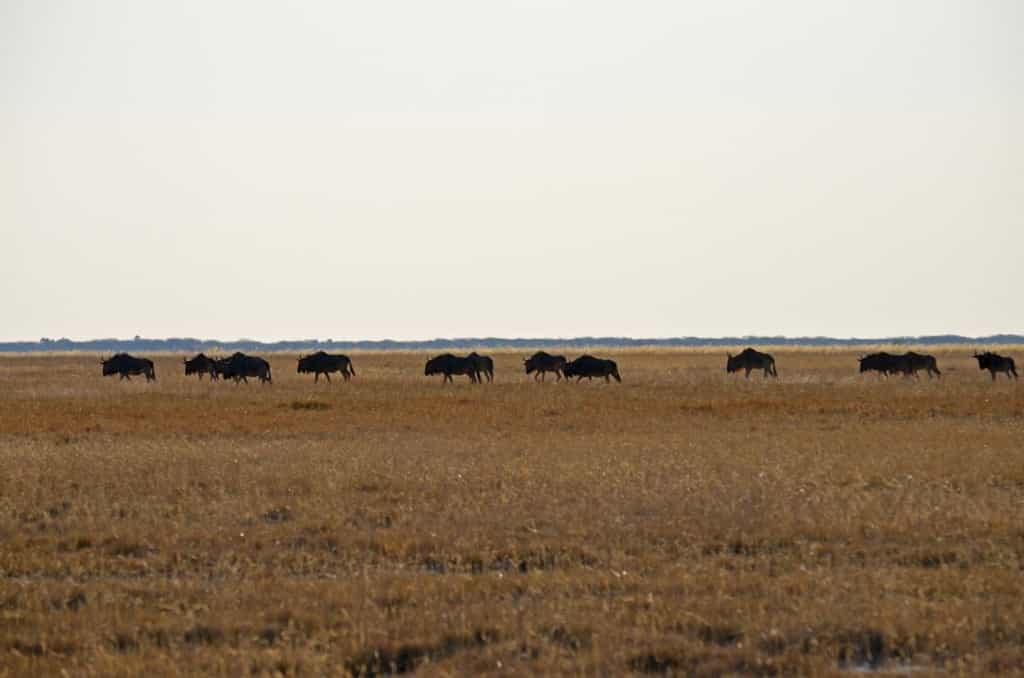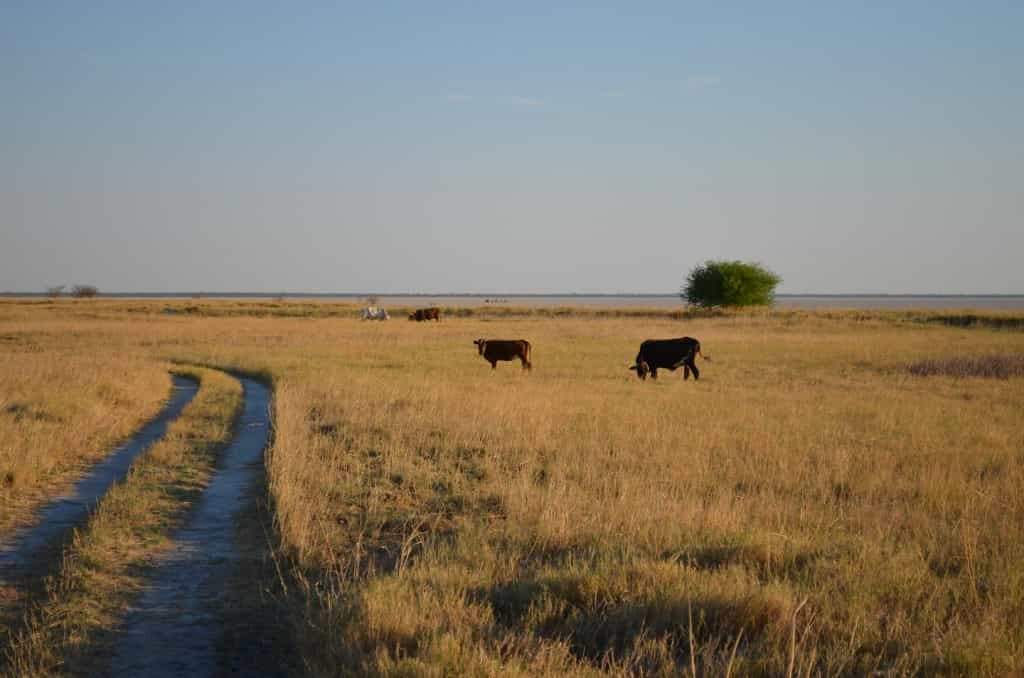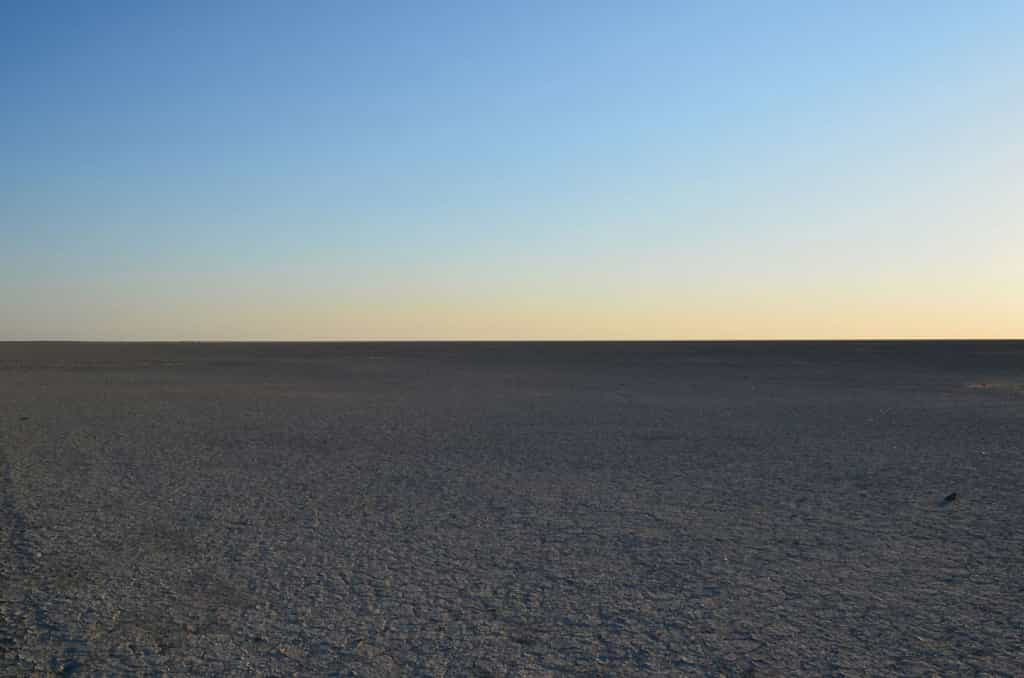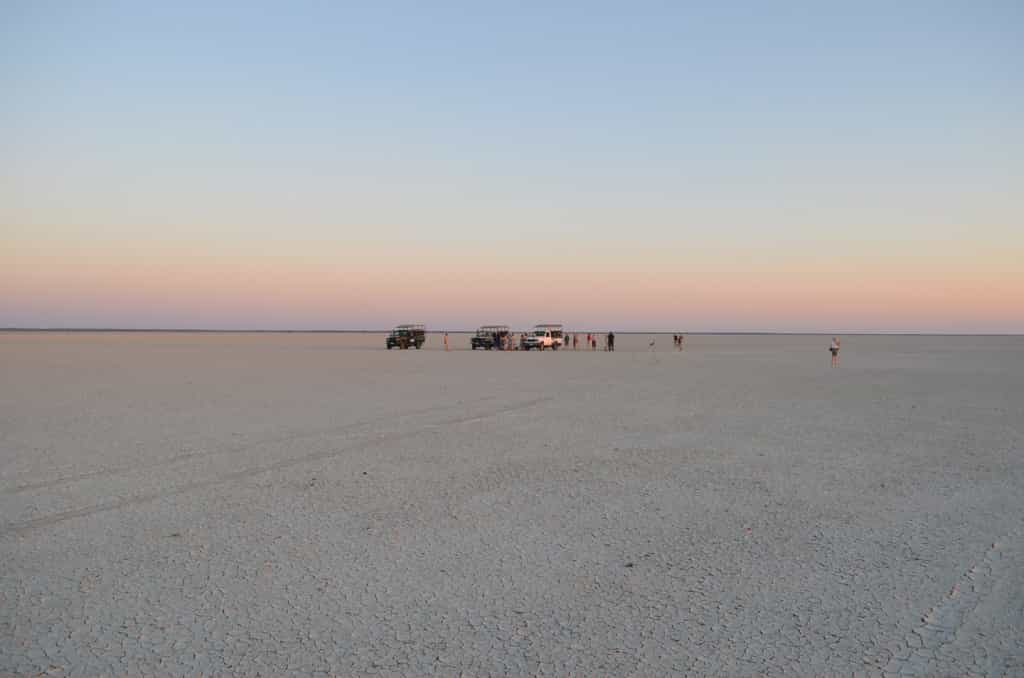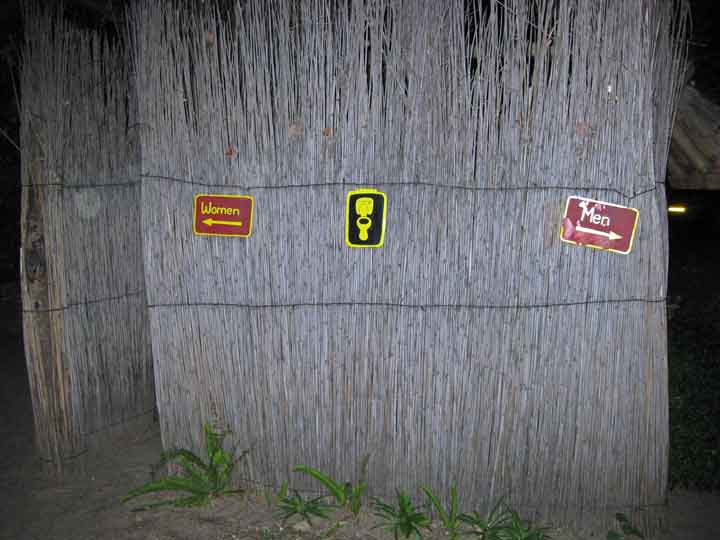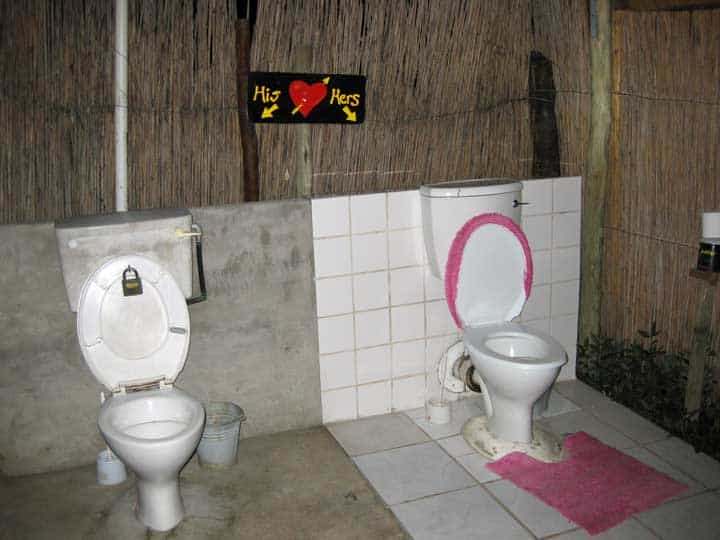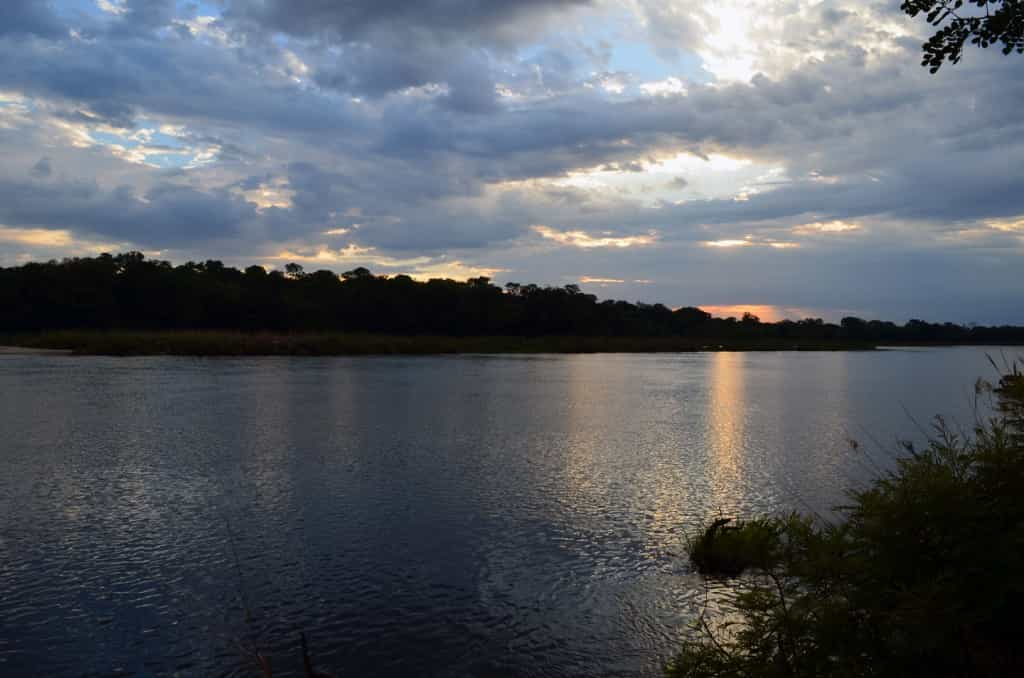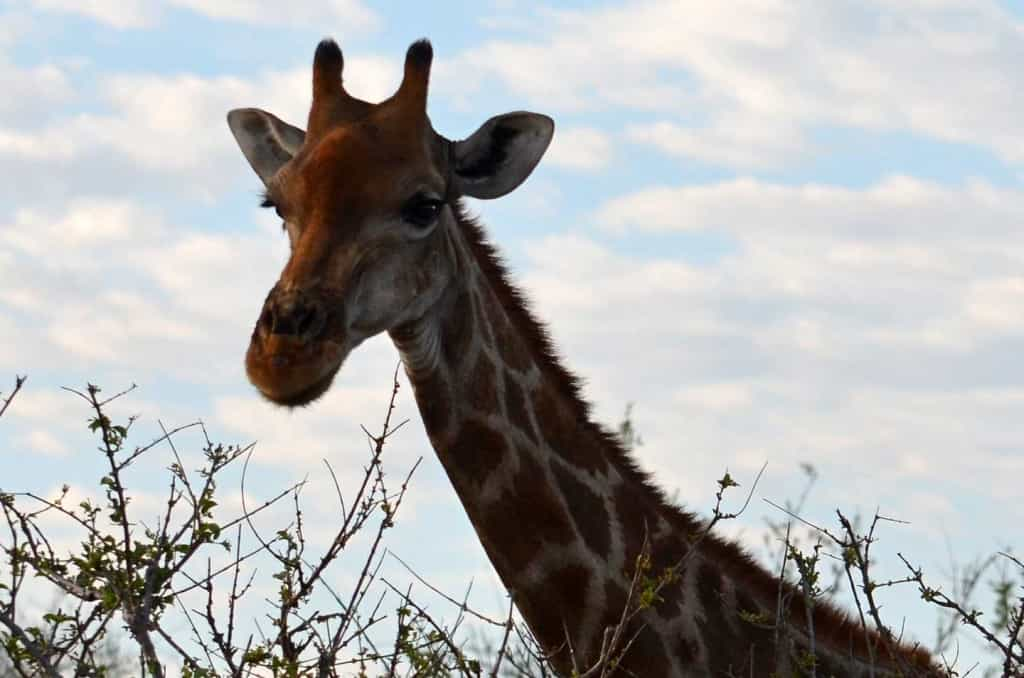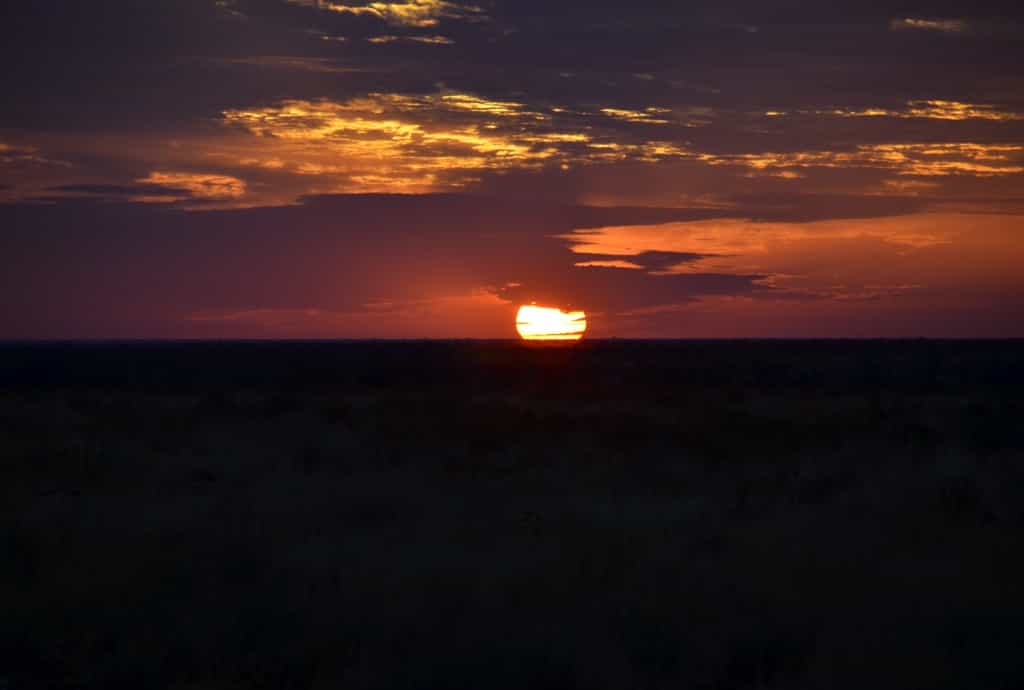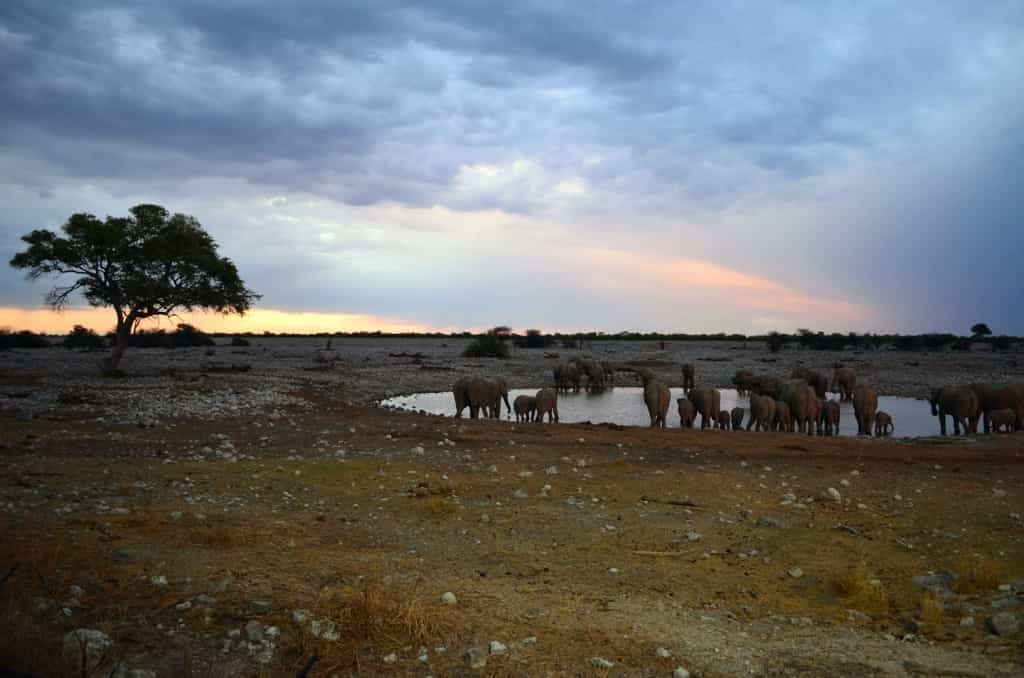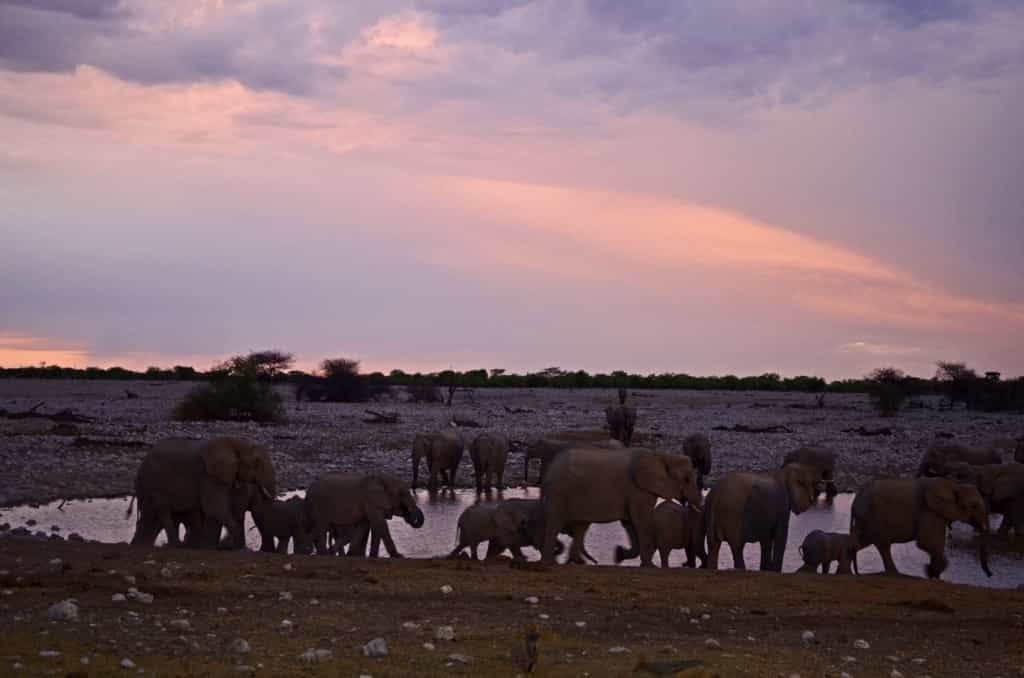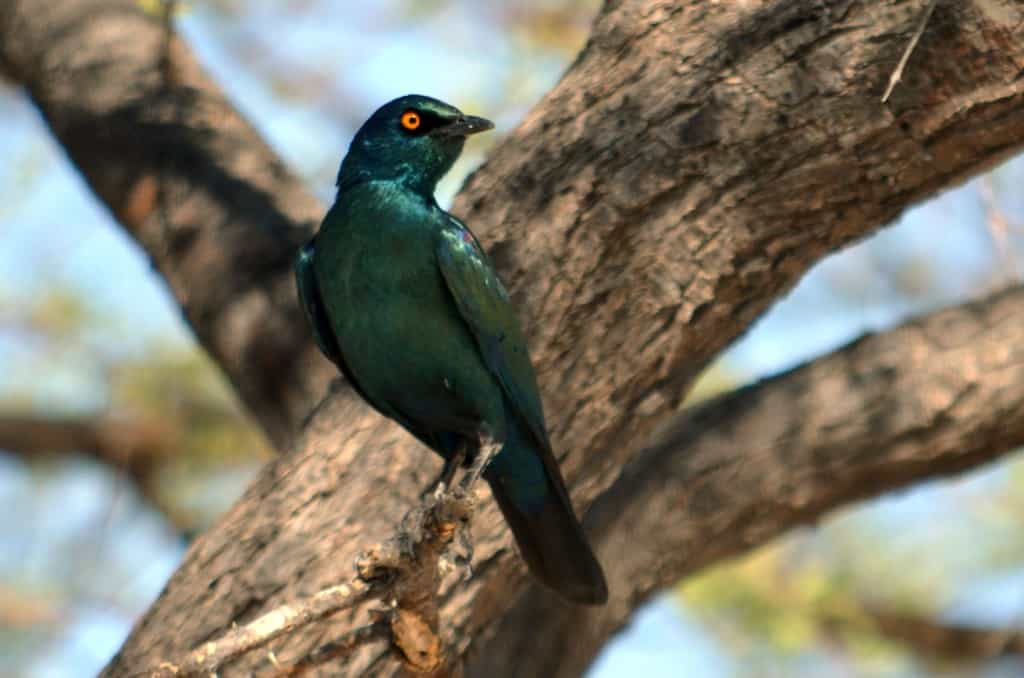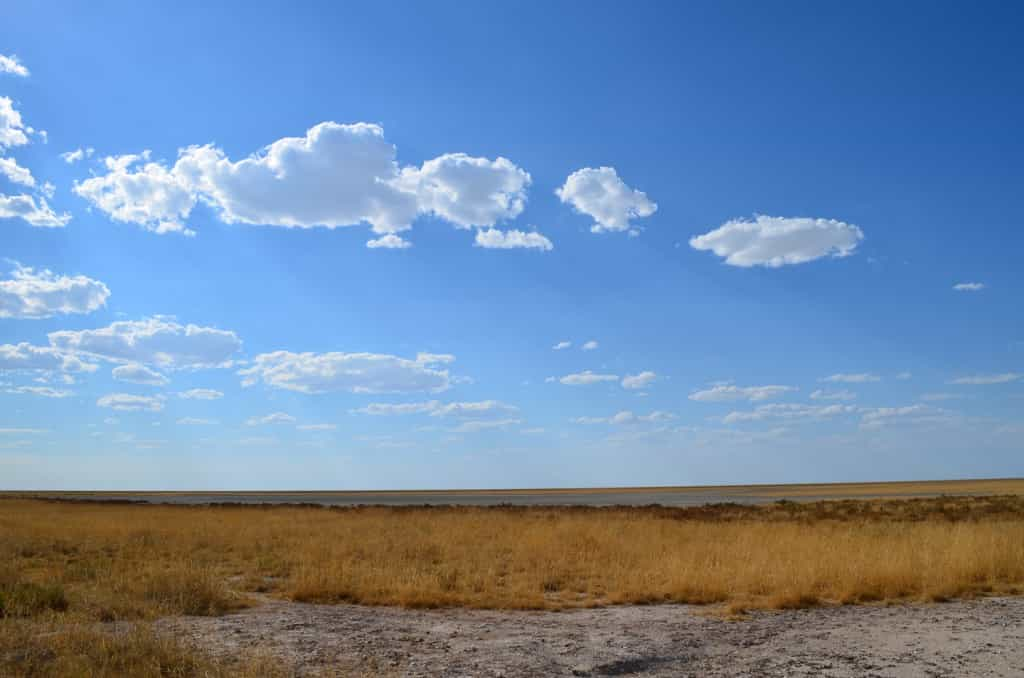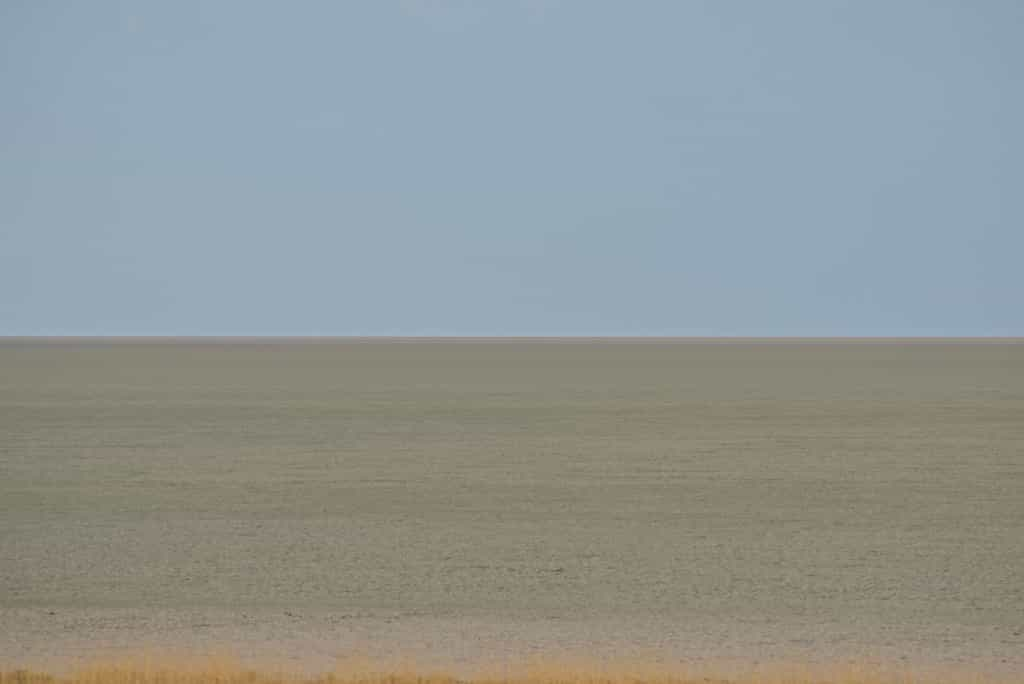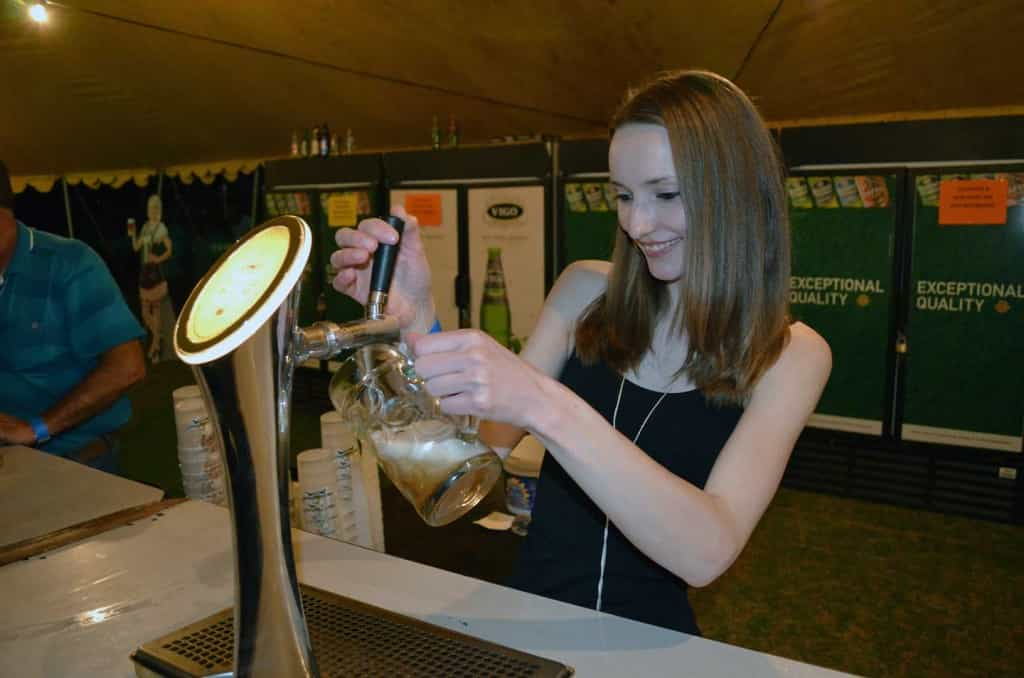Swakopmund, Namibia’s second largest city, is located on the Southern Atlantic Coast. It is the centre of “active” tourism in Namibia, with skydiving, quad biking and all manners of active pursuits on offer. Due to air currents from the ocean, it is almost always engulfed in misty clouds. The clouds don’t move; they form at sea and go inland a little bit, or a lot, but they stay on the coast. Sometimes they can be quite high and sometimes, such as in this picture of the dock, they can be at ground level.
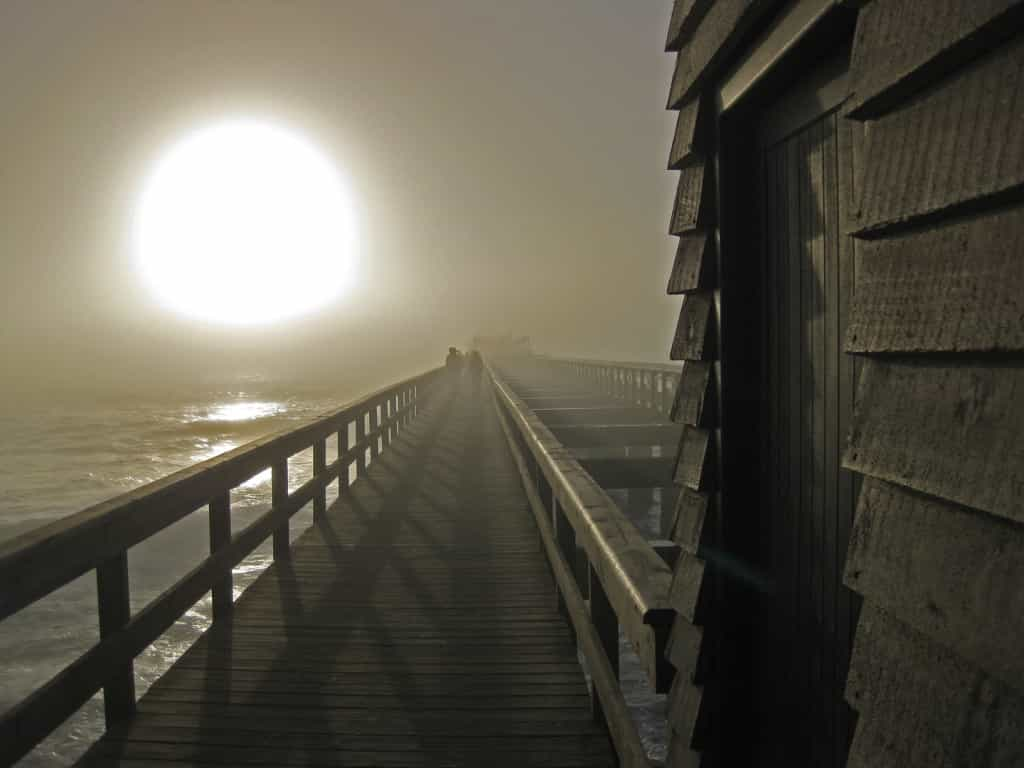
While it may not seem like it, there is a very nice high-end seafood restaurant at the end of the dock. I went there with a British/Australian couple I had met at my lodge. We decided to go there upon the recommendations of the owner and I literally dropped my suitcase and left. I was still wearing the clothes I had worn to visit and drive from Sossusvlei. Needless to say, I was grossly underdressed and most other patrons probably did not have sand in their ears.

While I am happy to discover new foods, drinks and habits while travelling abroad, for a road trip a nice big coffee in a paper cup is a very desirable thing. Unfortunately, Southern Africans are not, for the most part, big coffee drinkers. I was very happy to find this Starbucks in Swakopmund. Hey, wait a second…
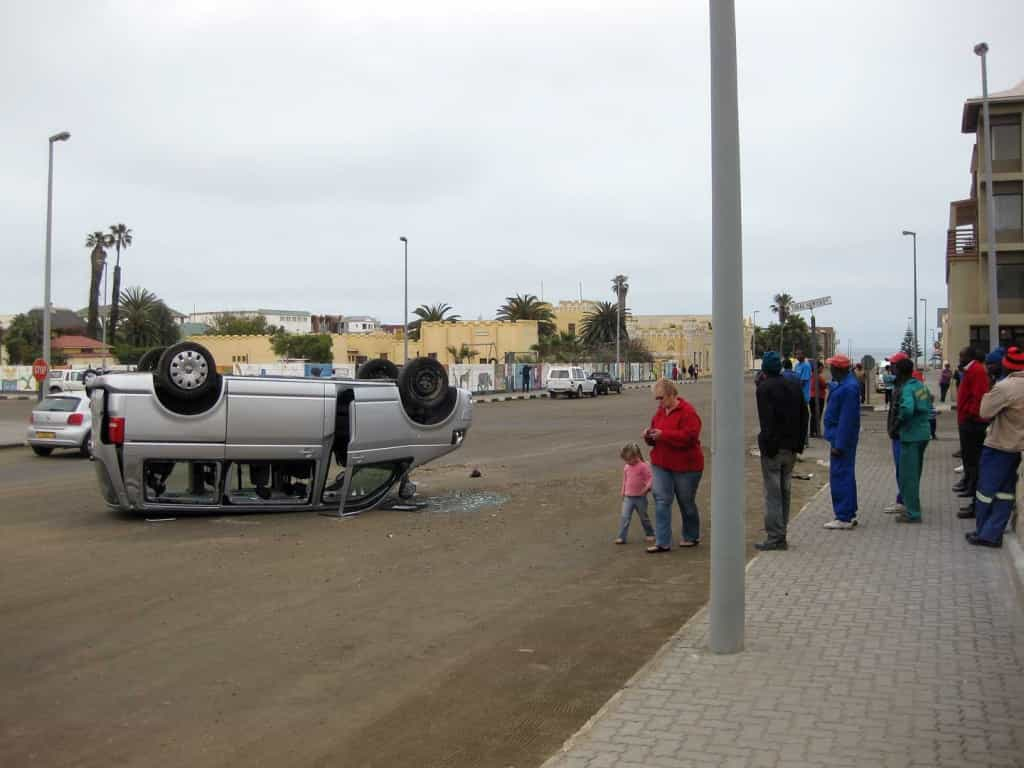
Swakopmund is pretty slow paced and relax. I’m not sure how one manages to flip a car on a slow moving downtown street, but evidently, it can be done. Luckily, nobody was hurt.
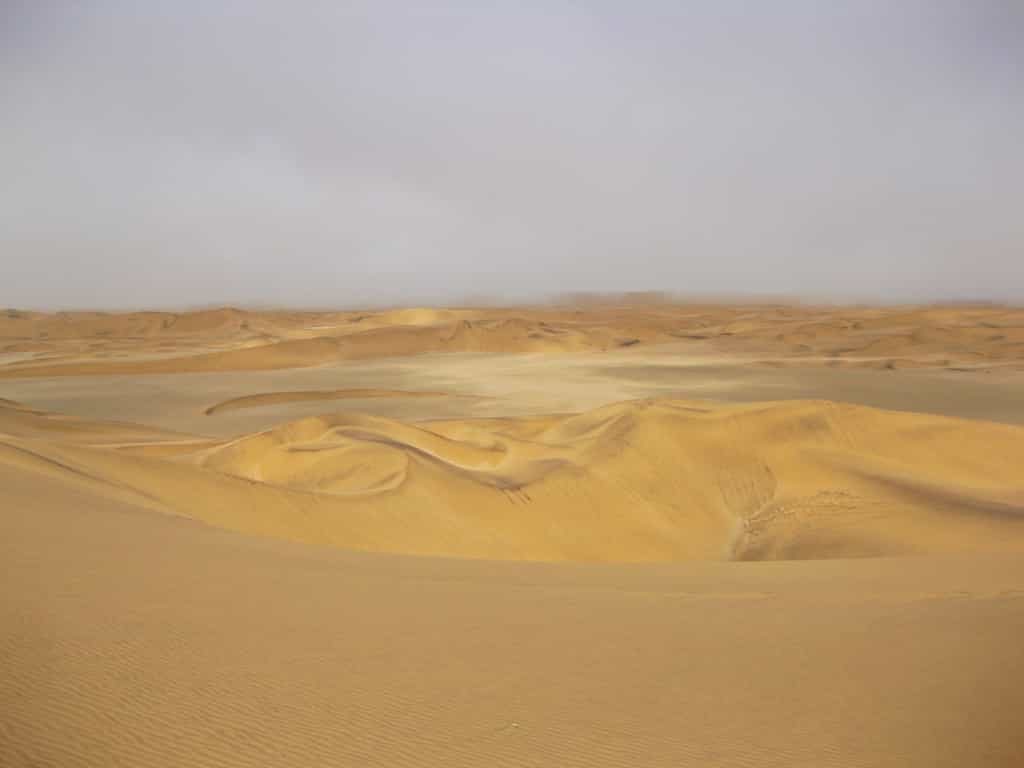
On the second day, I decided to try sandboarding with the couple I had just met. I was a little skeptical the morning of, as it looked like it was going to rain hard. The guide assured us that in Swakopmund, it always looks like it’s going to rain, but it rarely does. And a few kilometres inland, it almost never does. We went on a very short drive and I took this picture from the top of a dune, facing the city. Sure enough, the weather inland was fine and the city was completely hidden by the clouds.
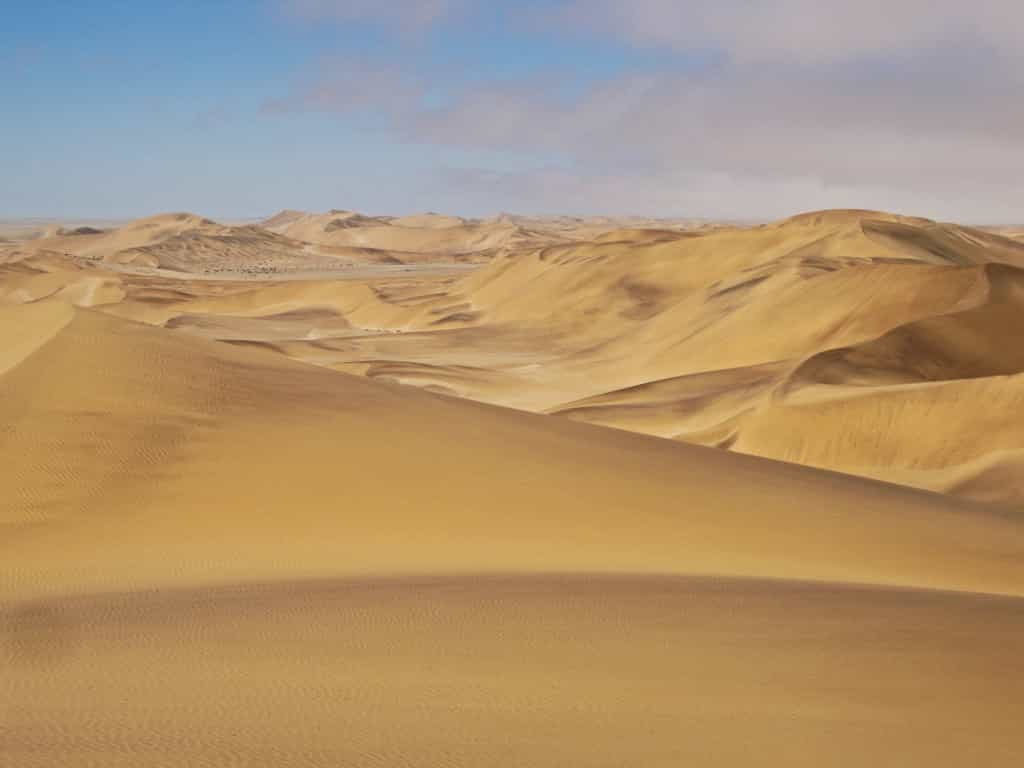
Looking towards the South, one sees the beautiful inland blue sky on the left and the permanent clouds of the coast on the right. During the few days I was there, it never changed. The sharp black shadows on the dunes are streaks of powdered metallic ore. You can pick it up using a magnet; which is quite neat.
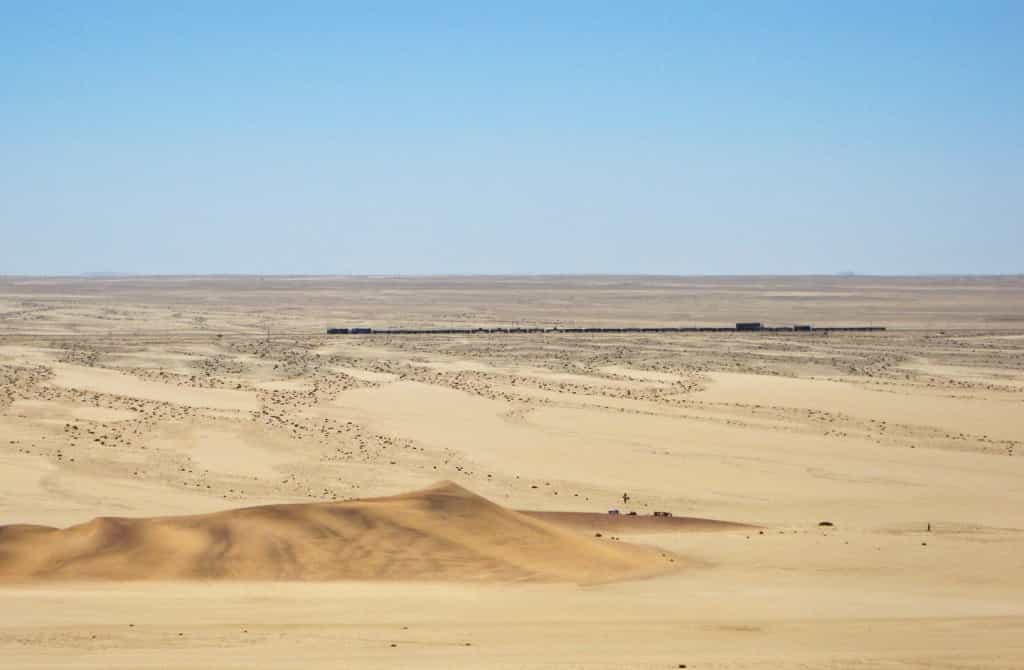
The railroad in the background.

And the local desert wildlife.
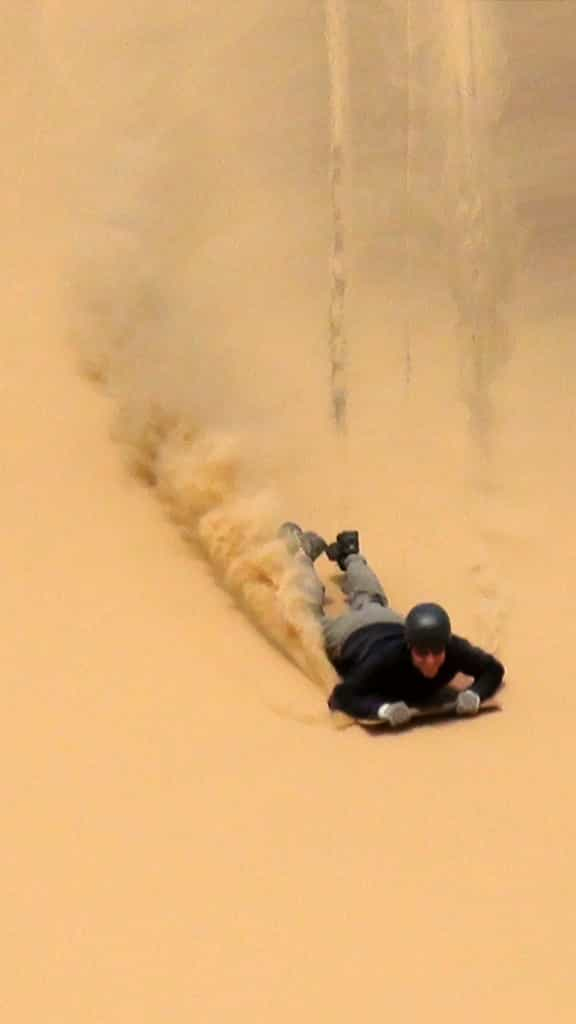
Sandboarding is a fairly silly activity which consists in climbing up a sand dune and sliding down on a piece of waxed masonite. As it turns out, it is a lot more fun than one would think, and a lot faster. The guides had brought a speed gun and on my fastest ride, I peaked at 68 km/h. I even got a little bit of air on a ridge, but it’s good not to get too much, as you do land on your chest after all. Going down on actual snowboards is also possible, but more technical. If I lived there and went every week-end, the “snowboard” would be the way to go, but for half a day the masonite board was more fun.
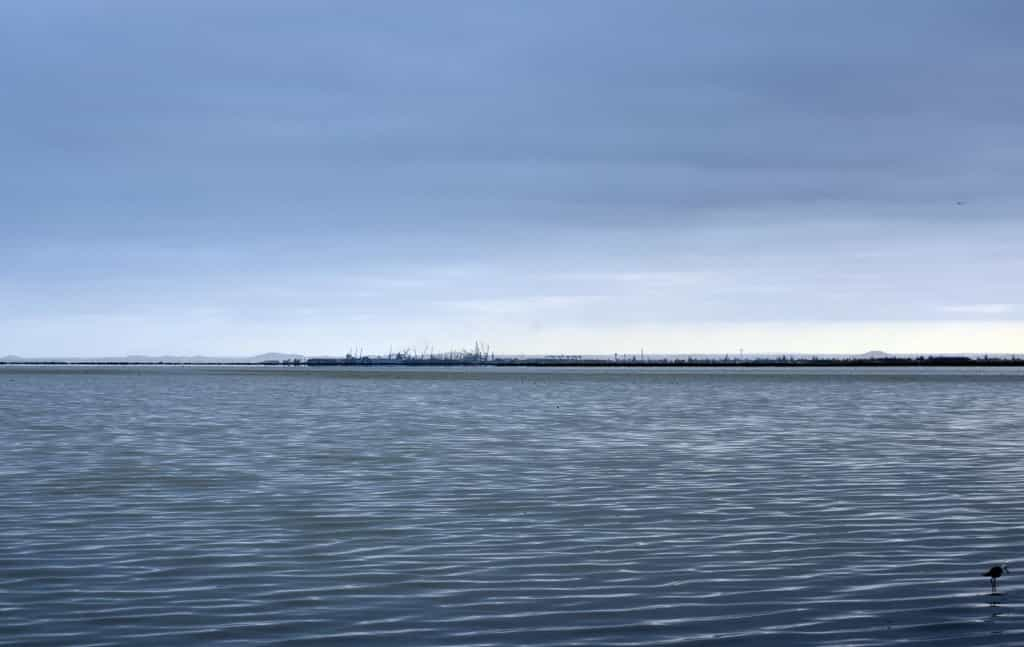
Early the next morning, I headed for the town of Walvis Bay, just south of Swakopmund. The town operates the biggest port between South Africa and Angola. There is a large lagoon south of town, from which I took this picture shortly after sunrise.

The lagoon is populated by vast numbers of flamingos. Unfortunately, because it is shallow all the way across, the flamingos don’t have to come near the shore to feed, so you only get to see most of them from a distance. They feed in a very peculiar way. They stomp their feet up and down to scare away small creatures who live under the sand. When the prey emerges from the sand to swim, walk or crawl away, they catch them with their beaks. I’ll try and post a video when I get time and bandwidth to do so.

The flamingos are not curious at all about humans and slowly start walking away as soon as they see you approaching. Because of that, I would estimate that 75% of my pictures that day are of flamingo butts!
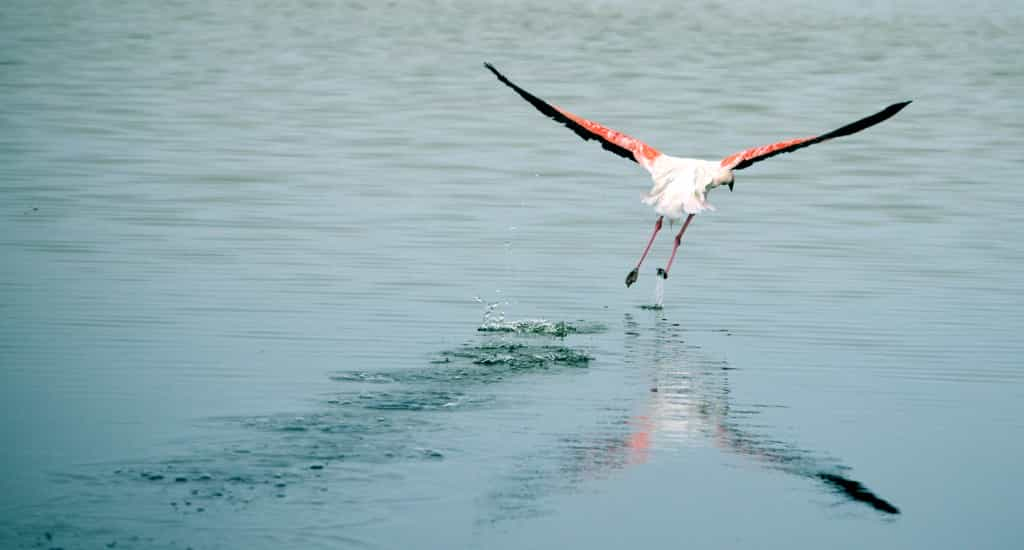
This one flinched and flew away. They are beautiful birds in flight, but they didn’t fly much when I was there.

Pretty much the only flamingo I managed to catch from the side.
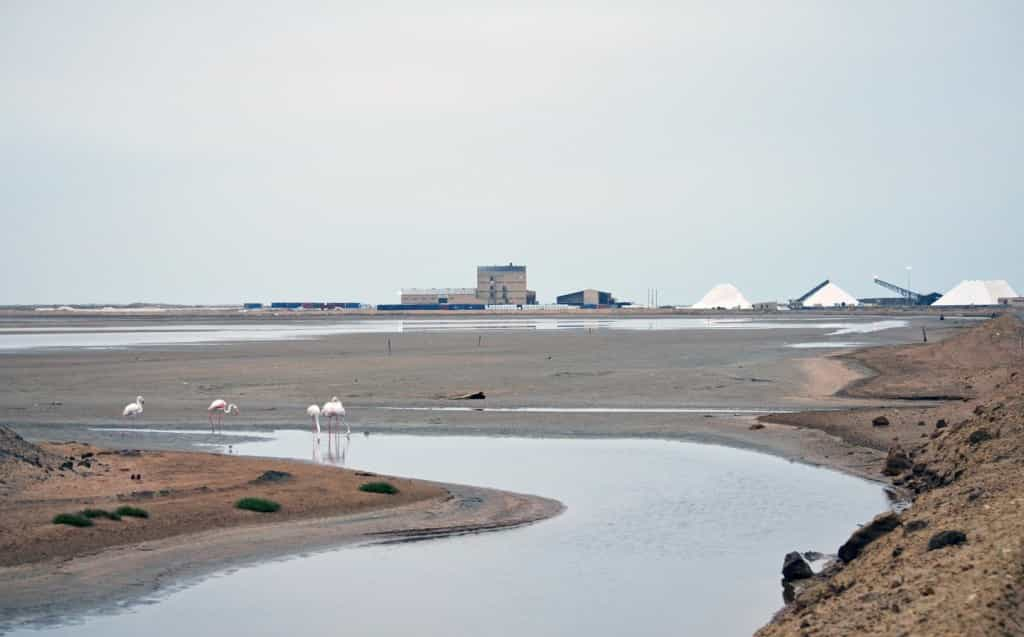
Apart from flamingos, the area around Walvis Bay houses Namibia’s largest producer of salt. I guess the two share a love for large flat basins of water.
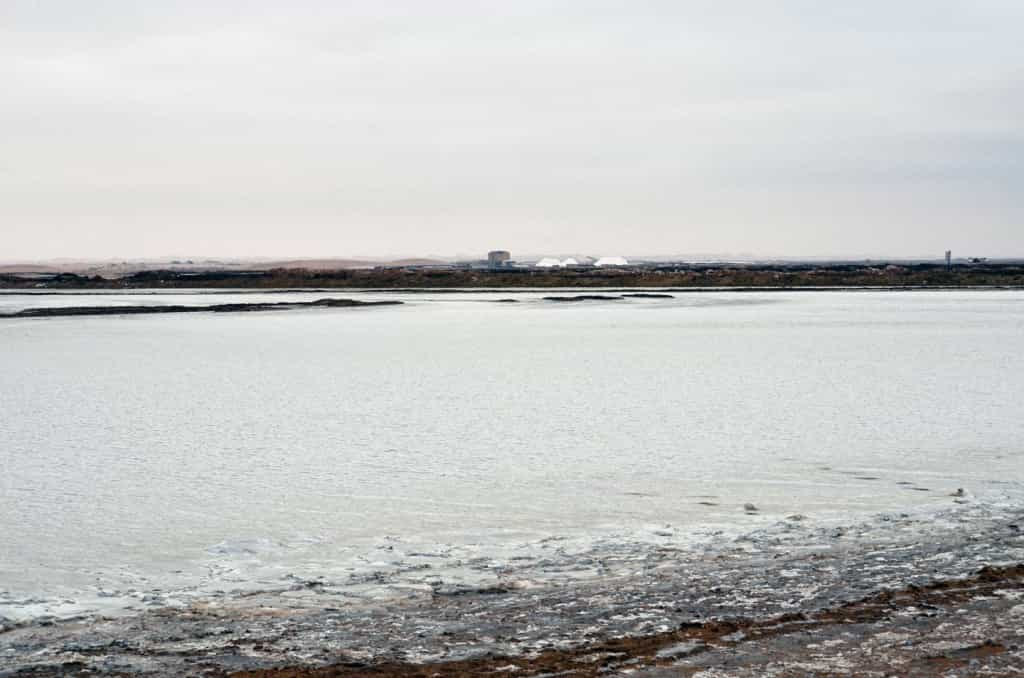
In fact, vast areas of land are artificially walled in and flooded with sea water. The water is then allowed to evaporate and the salt is then collected.
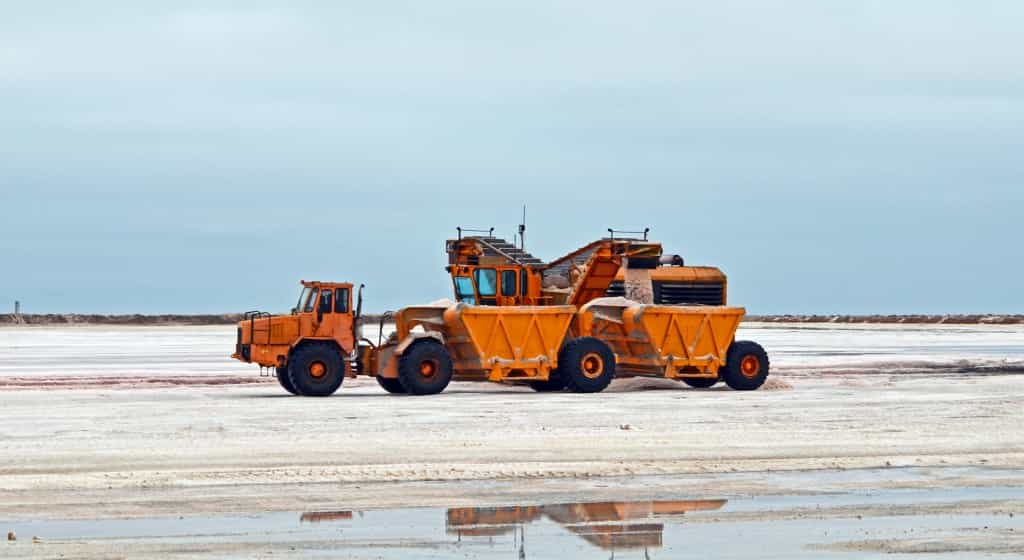

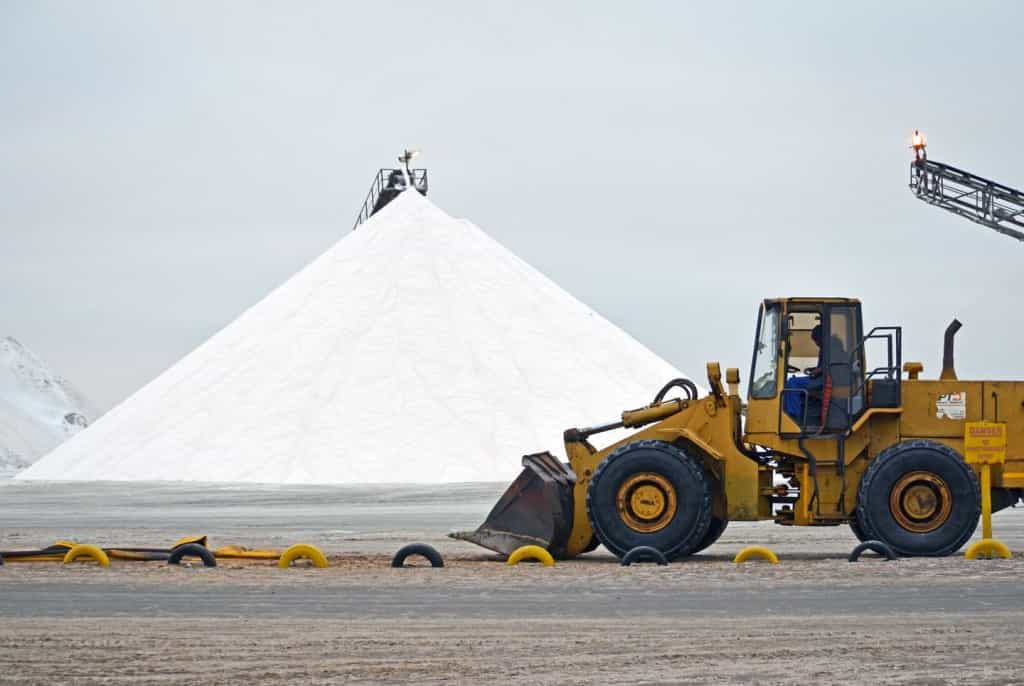
This mine produces 90% of the salt consumed in South Africa.

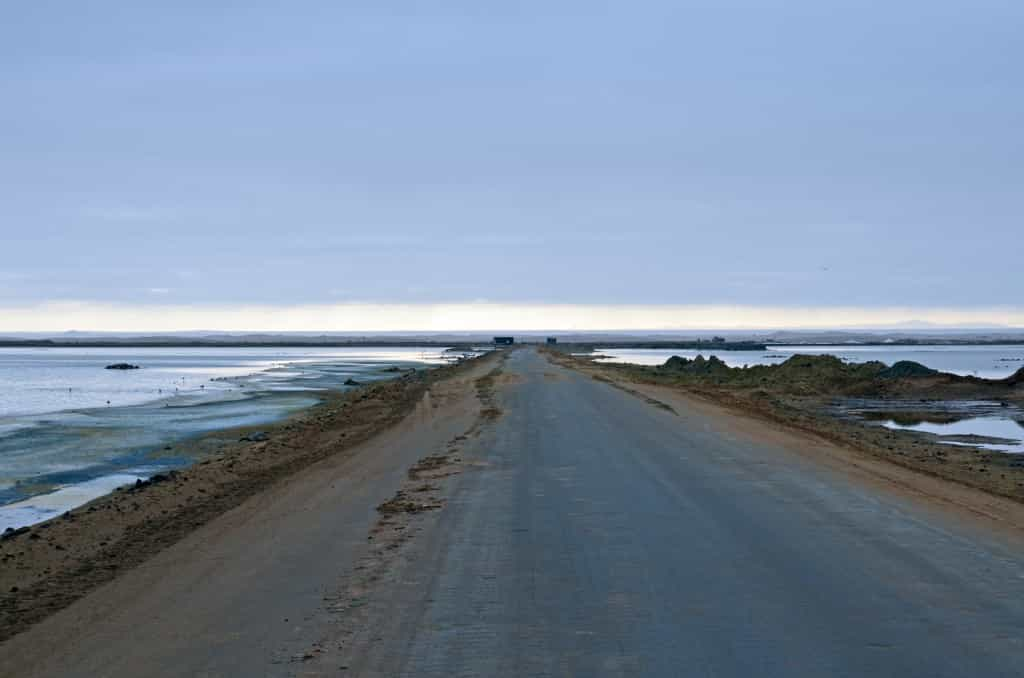
The artificial nature of this landscape is very unusual. A slight difference in elevation or salt production cycle determines if an area is covered by land or sea. When I took this picture, my GPS was telling me I had driven about 2 km into the ocean!

On my final day on the coast, I headed north of Swakopmund, into one of the most desolate place on Earth. Unlike the diamond regions in the South, the main reason why you would be prohibited from entering here is to keep you from killing yourself. The area is known as the Skeleton Coast, from the large number of dead whales found there in the past. It has also seen its share of shipwrecks and human skeletons. It is one of the most inhospitable region of the World and has never been inhabited. The Coast is constantly beaten by brutal weather, fog, sandstorms and there is no fresh water anywhere.
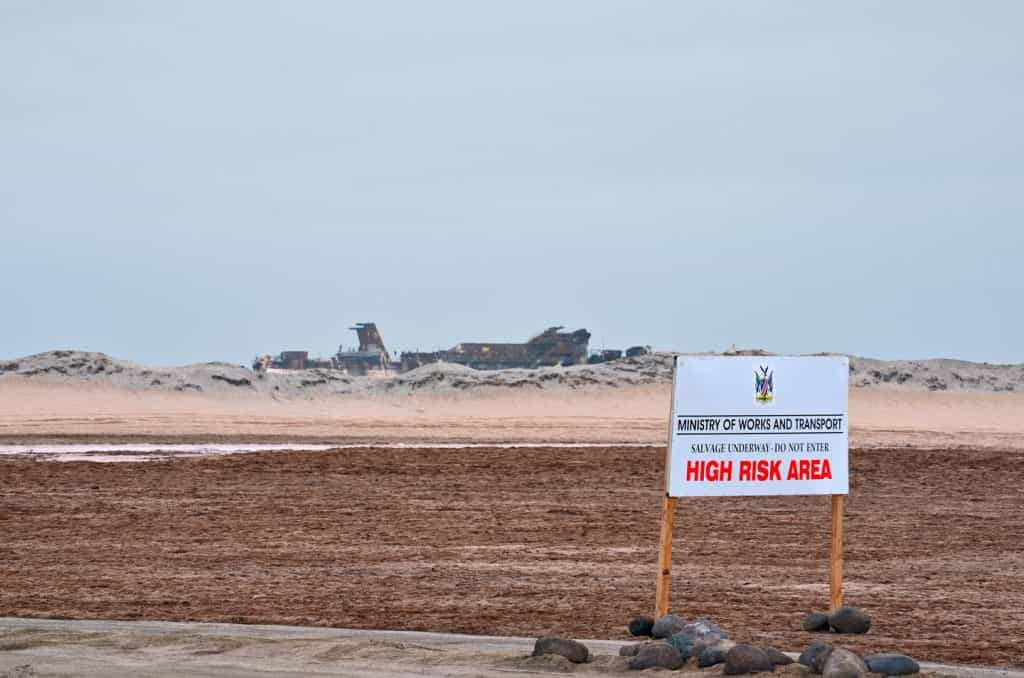
Many of the ships who fell victim to the weather have now been dismantled. This one was in the process of being salvaged. I would have ignored the warning and gone a little closer, but they were actually working on it at that very moment and I could see a guard near the entrance of the path, so this is as far as I got.
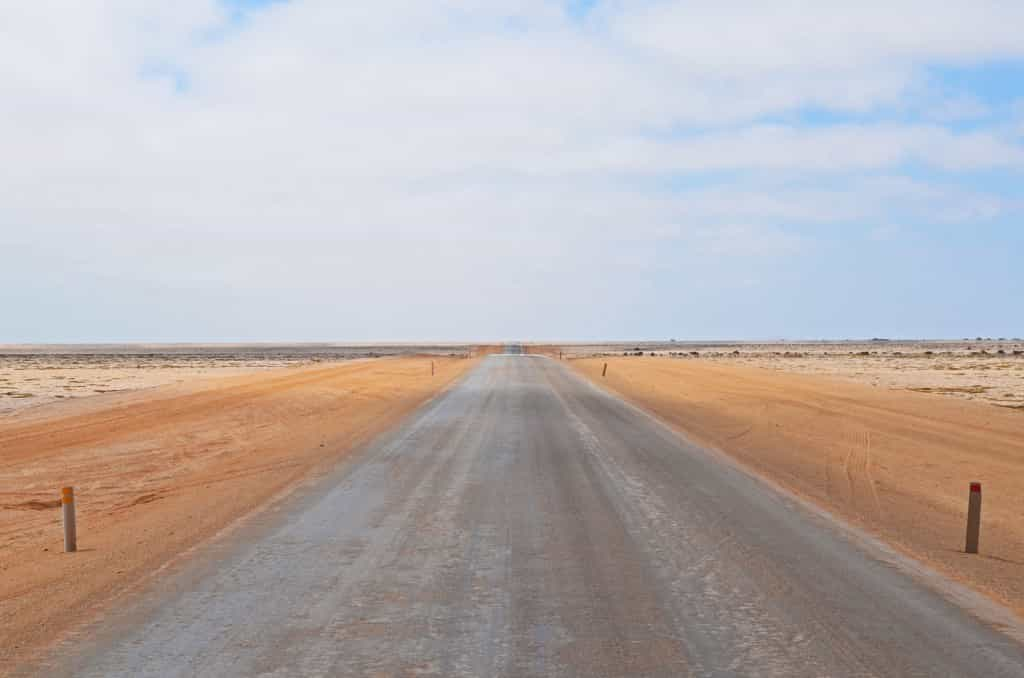
The salt road of the Skeleton Coast. According to my GPS, I should have been going about 15-20 km/h on this “F grade road”. In fact, I was going over 100 km/h. Usually, it is nicer than most paved roads, but the odd time it rains, it gets very slippery. If you drive about 80 km further north, you get to the harshest part of the coast, where the salt road is flanked on one side by the stormy South Atlantic Ocean and on the other by massive sand dunes. Unfortunately, I didn’t really have the time to go and come back, and I couldn’t drive through to my next destination, as a few segments of the inland road required a 4×4.

The Skeleton Coast also does a lot of salt mining. When large salt crystals are found (which have no specific commercial value), mine employees put them on little tables on the side of the road for passing tourists to buy on an honour system. The tables are spread over several kilometres but towards the end of the afternoon, I did see 2 women walk along checking the little money boxes. Most of the vehicles driving by are travelling between Swakopmund and various fishing spots along the coast.

An important environmental concern in the area pertains to the damage caused by vehicles driving off-road. The terrain is perfect to take your 4×4 for a spin, but it causes severe damage to the very limited vegetation that grows there. Lichen only grows when it rains, and then only a few by a few millimetres a year. A passing 4×4 can easily destroy a decade of growth and signs, fences and gates try to enforce the no off-road driving policy everywhere lichen fields are found. Nevertheless, 4×4 tracks are quite pervasive when you look around. After all, in this sparsely populated and isolated area, the police presence is quite light (i.e. I saw none).

Around a place called Cape Cross, there is a large colony of seals. These animals smell so bad I was afraid I would suffer permanent brain damage from smelling them. They also produce these horrible sounds and are, overall, quite disgusting. Their activities, other than fishing, are quite predictable.

Young males play fight.

And throw each other off the rocks.

Females do nothing.

Reproducing males fight for real, constantly. They must always be on alert to ensure another male doesn’t try to impregnate one of their females (I don’t think the females have much say in the matter). This means being a few centimetres too close is a great offence and will result in a fight until one of them backs off.

I can see five adult males in this picture. Unless they were fighting, I never saw two of them in close proximity . On the contrary, they are very evenly spread along the beach. I would have observed them longer, but I was afraid their smell would cause the paint to peel off my rental car, so I drove back to Swakopmund. The next day, I headed to the capital, Windhoek, for a cultural event not to be missed.
The internet cafe is closing in a minute and I don’t have time to read what I wrote. Sorry for any typos, I’ll edit in the morning if it’s a catastrophe!
#Namibia







